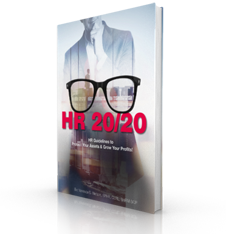Recently, the EEOC announced an update to its Enforcement Guidance on Pregnancy Discrimination and Related Issues (“Enforcement Guidance”) to reflect the Supreme Court’s recent decision in Young v. UPS. The Court in Young articulated a new standard applicable to claims brought under the Pregnancy Discrimination Act (“PDA”), when a plaintiff claims that she has been … Continue reading EEOC Updates Pregnancy Discrimination Guidelines






